Perennial Plant Pruning: When Should I Prune My Perennials
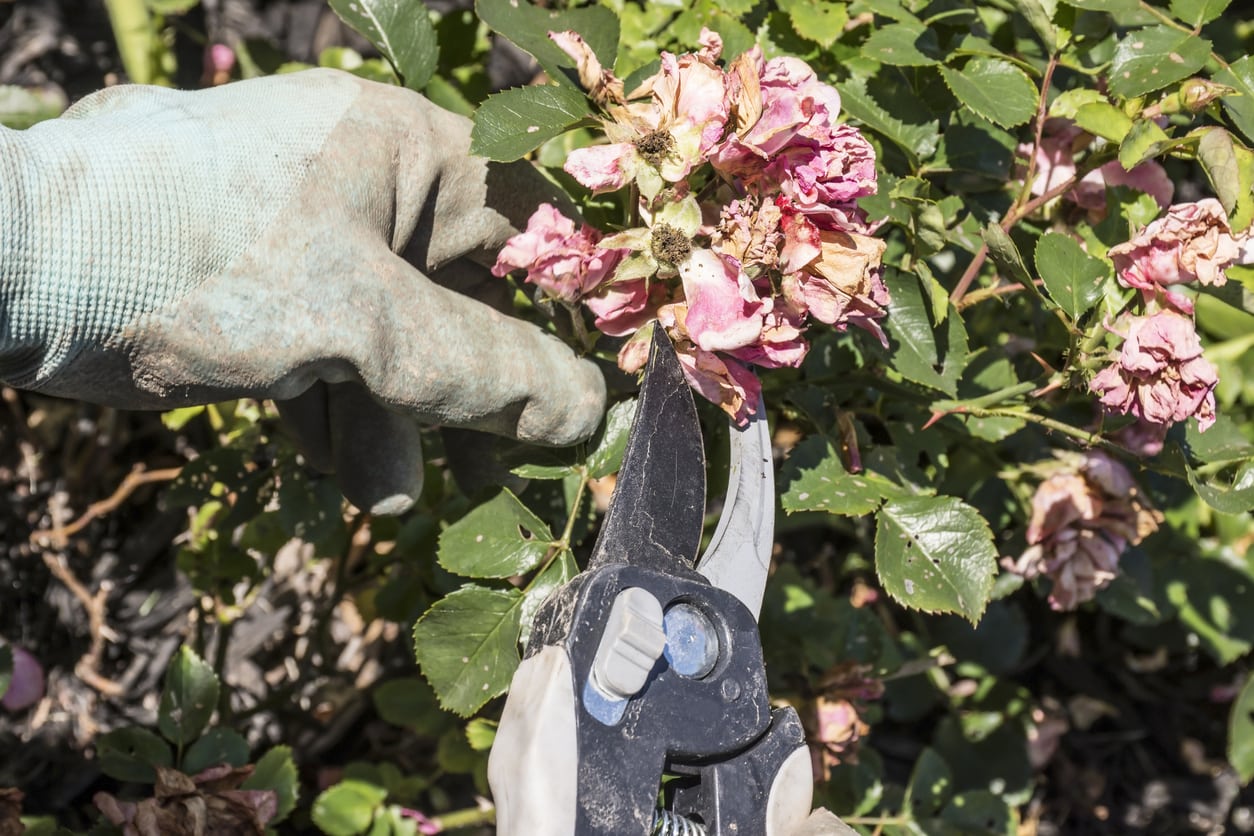

Why prune perennial plants? Think of pruning as a type of preventive maintenance for your plants. Rather than slowing down growth, appropriate perennial plant pruning can stimulate growth, reduce plant size, and also prevent or limit disease. Perennial plant pruning is almost always an important part of plant culture. For more about the reasons for pruning perennials, as well as tips on how and when to trim perennials, read on.
Reasons for Pruning Perennials
Should I prune my perennials? Absolutely. There are so many reasons for pruning perennials that the practice must be considered an important part of your gardening duties. Restricting Growth – Gardeners often think about perennial plant pruning when their shrubs and trees get too big. Pruning can reduce the plant's height and spread. Perennials often grow taller or wider than you think they are going to, and can, over time, interfere with power lines or shade out nearby plants. You may also need to thin out a densely branched tree to prevent losing it in a storm. Thinning branches also allows inner branches to grow. Other reasons for pruning perennials include reducing new growth from a wounded area, taking out new growth from the rootstocks of grafted perennials, and removing water sprouts and suckers. Plant Health – Perennials have longer lives than annuals, but that means they are more vulnerable to pests and diseases. Many of the top reasons for pruning perennials involve plant health. Should I prune my perennials if they are attacked by pests or diseases? Probably. Removing dead, diseased, damaged, or pest infected branches helps keep your perennial plants healthy. If you trim out crossing branches, you can prevent wounds that may become infected. By trimming back thick branch growth, you increase air circulation and reduce the chance of fungus diseases. Aesthetic Reasons – Should I prune my perennials for appearance? It’s perfectly acceptable to do perennial plant pruning for purely aesthetic reasons. You just have to be sure not to damage the plant by cutting it at the wrong time. For example, if you love the beautiful pattern of a tree’s bark, or a shrub’s structure, you can prune the foliage back to expose it. Likewise, you can prune perennials to create a specific form. A hedge is a good example of a perennial form that requires pruning.
When to Trim Perennials
If you are wondering when to trim perennials, remember that long dormant season while perennial growth ceases. The late part of the dormant season is the best time to prune perennials. If you prune just before spring growth begins, the wounds from trimming will be healed over rapidly when that growth starts. It is easier to see what needs cutting back when the branches are not covered by leaves.
Gardening tips, videos, info and more delivered right to your inbox!
Sign up for the Gardening Know How newsletter today and receive a free copy of our e-book "How to Grow Delicious Tomatoes".

Teo Spengler is a master gardener and a docent at the San Francisco Botanical Garden, where she hosts public tours. She has studied horticulture and written about nature, trees, plants, and gardening for more than two decades. Her extended family includes some 30 houseplants and hundreds of outdoor plants, including 250 trees, which are her main passion. Spengler currently splits her life between San Francisco and the French Basque Country, though she was raised in Alaska, giving her experience of gardening in a range of climates.
-
 7 New & Improved Cultivars Of Old-Fashioned Plants – These Aren’t Your Grandma’s Plants!
7 New & Improved Cultivars Of Old-Fashioned Plants – These Aren’t Your Grandma’s Plants!Old is new again! These old-fashioned plants have new cultivars that are sure to thrive in your garden and bring the charm factor. Neighbors will be envious!
By Mary Ellen Ellis
-
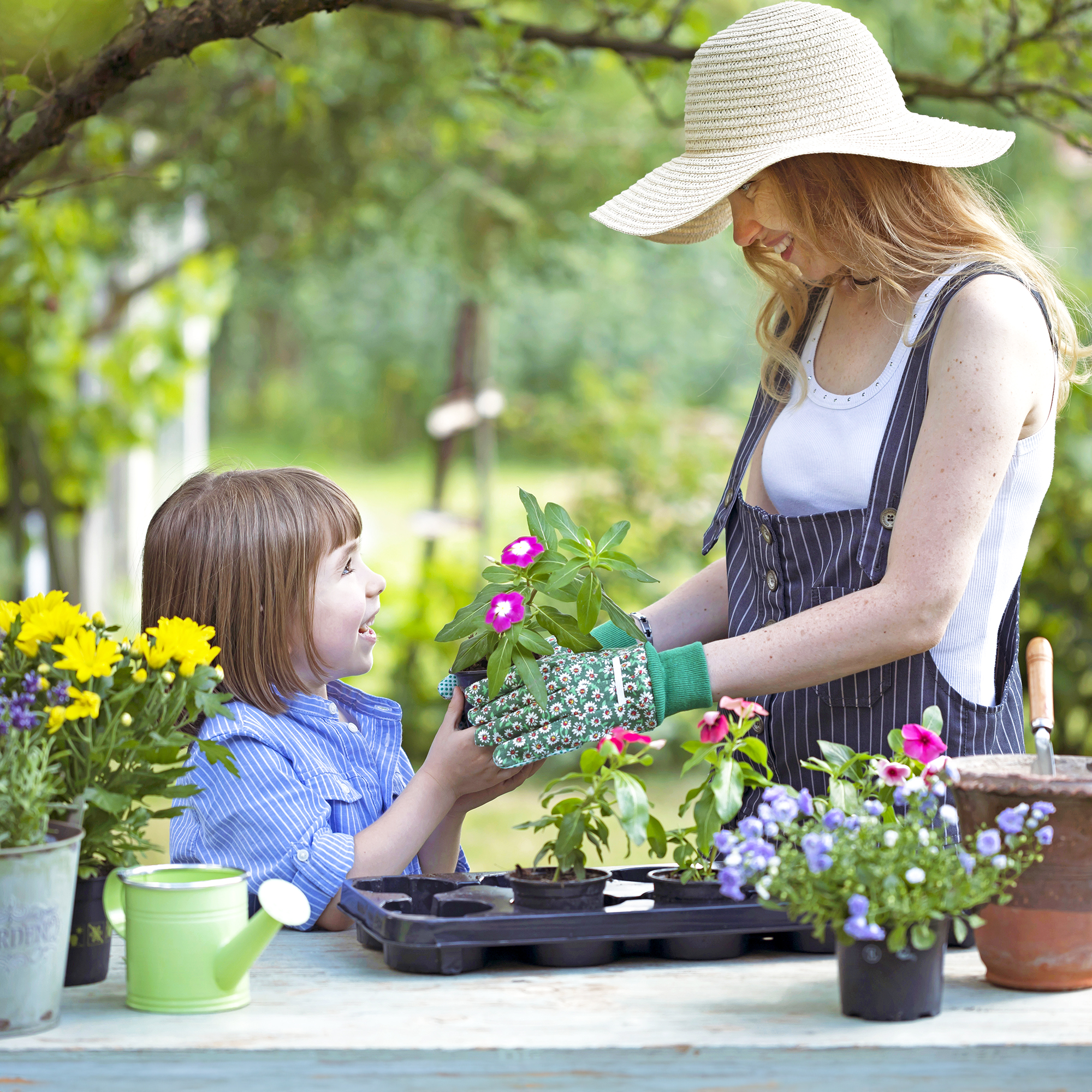 12 Mother’s Day Garden Gifts That Celebrate Moms Who Love To Grow
12 Mother’s Day Garden Gifts That Celebrate Moms Who Love To GrowAll Moms deserve to feel special on Mother’s Day, so treat her to a thoughtful gardening gift that helps her get the most out of her hobby.
By Melanie Griffiths
-
 20 Hard-to-Find Spring Flowers & Plants That Look Amazing All Season
20 Hard-to-Find Spring Flowers & Plants That Look Amazing All SeasonIt’s finally beginning to look like spring! If you’re eager to find some unique, hard-to-find varietals to satisfy your spring fever, look here first.
By Caroline Bloomfield
-
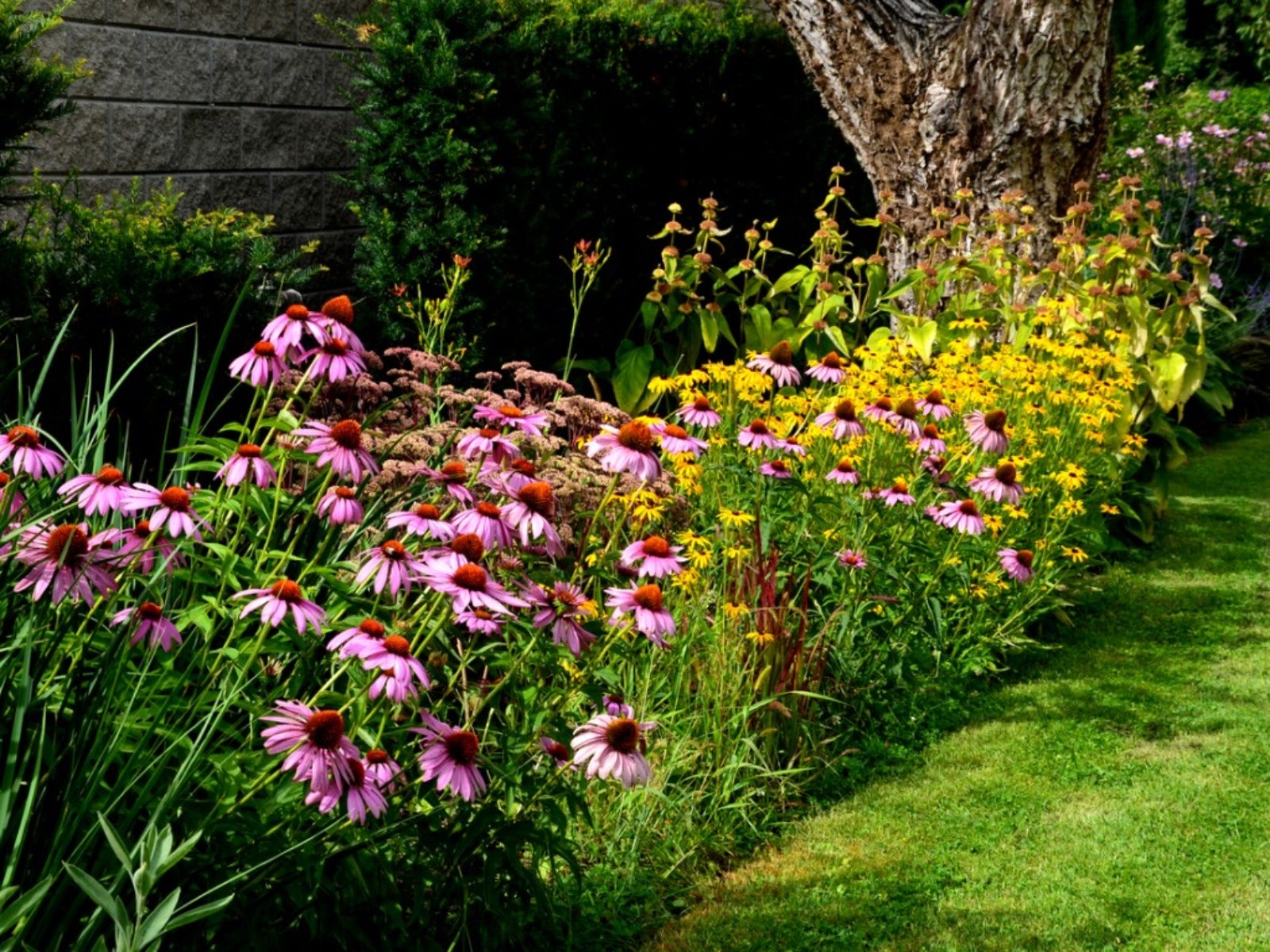 How Wildflower Strips Help Attract Pollinators To Your Yard
How Wildflower Strips Help Attract Pollinators To Your YardIf you have a small garden spot or strip available, fill it with wildflowers for our hungry pollinators. Click to learn more.
By Tonya Barnett
-
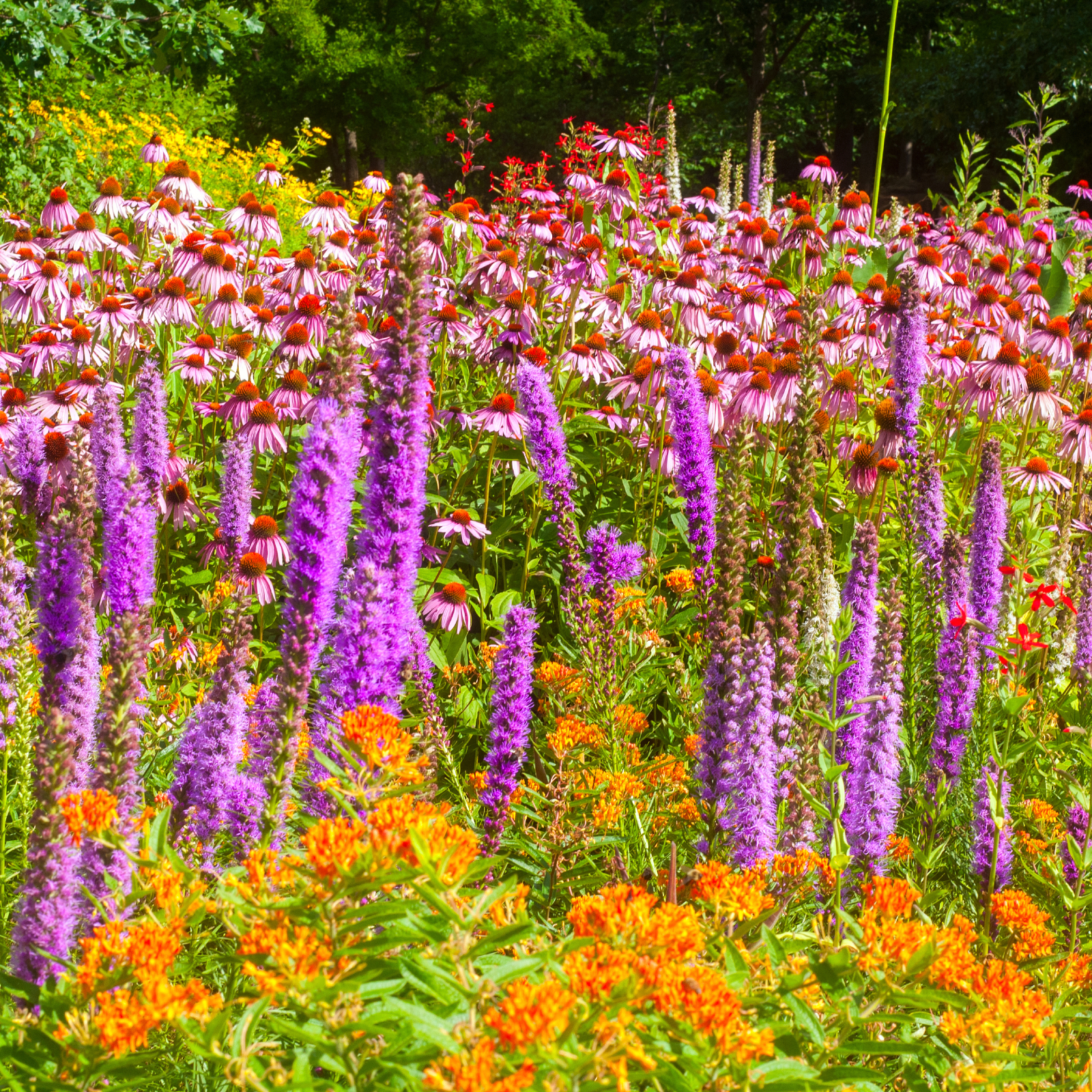 10 Knockout Native Flowers To Add A Punch Of Color To Your Garden
10 Knockout Native Flowers To Add A Punch Of Color To Your GardenGrowing native is the way to go. See our list of ten native wildflowers that will knock you out with color.
By Amy Grant
-
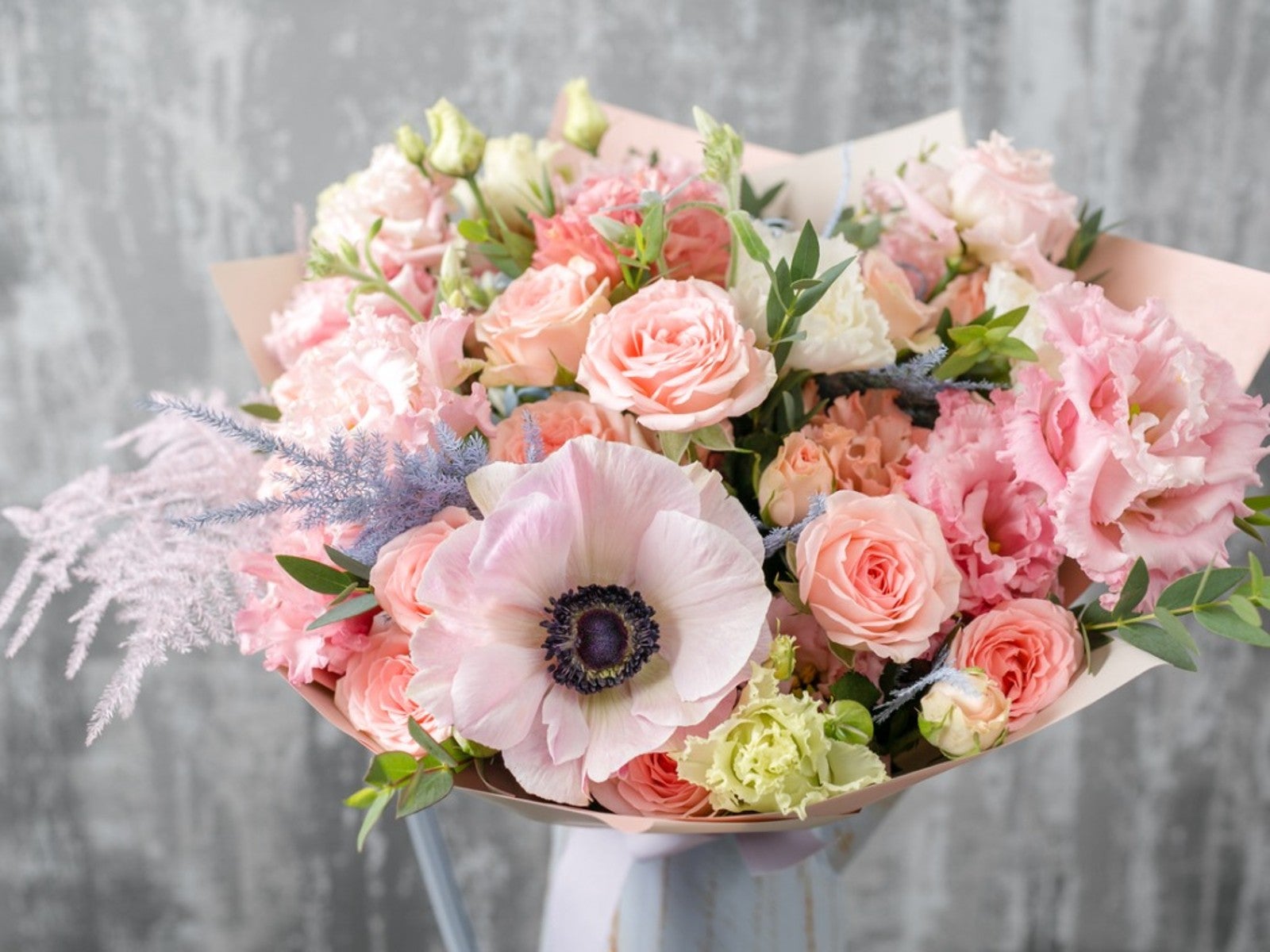 Pretty Plants For A Pastel Flower Bouquet
Pretty Plants For A Pastel Flower BouquetRoses aren’t the only romantic flower. Some romantic pastel flowers can fill in beautifully.
By Tonya Barnett
-
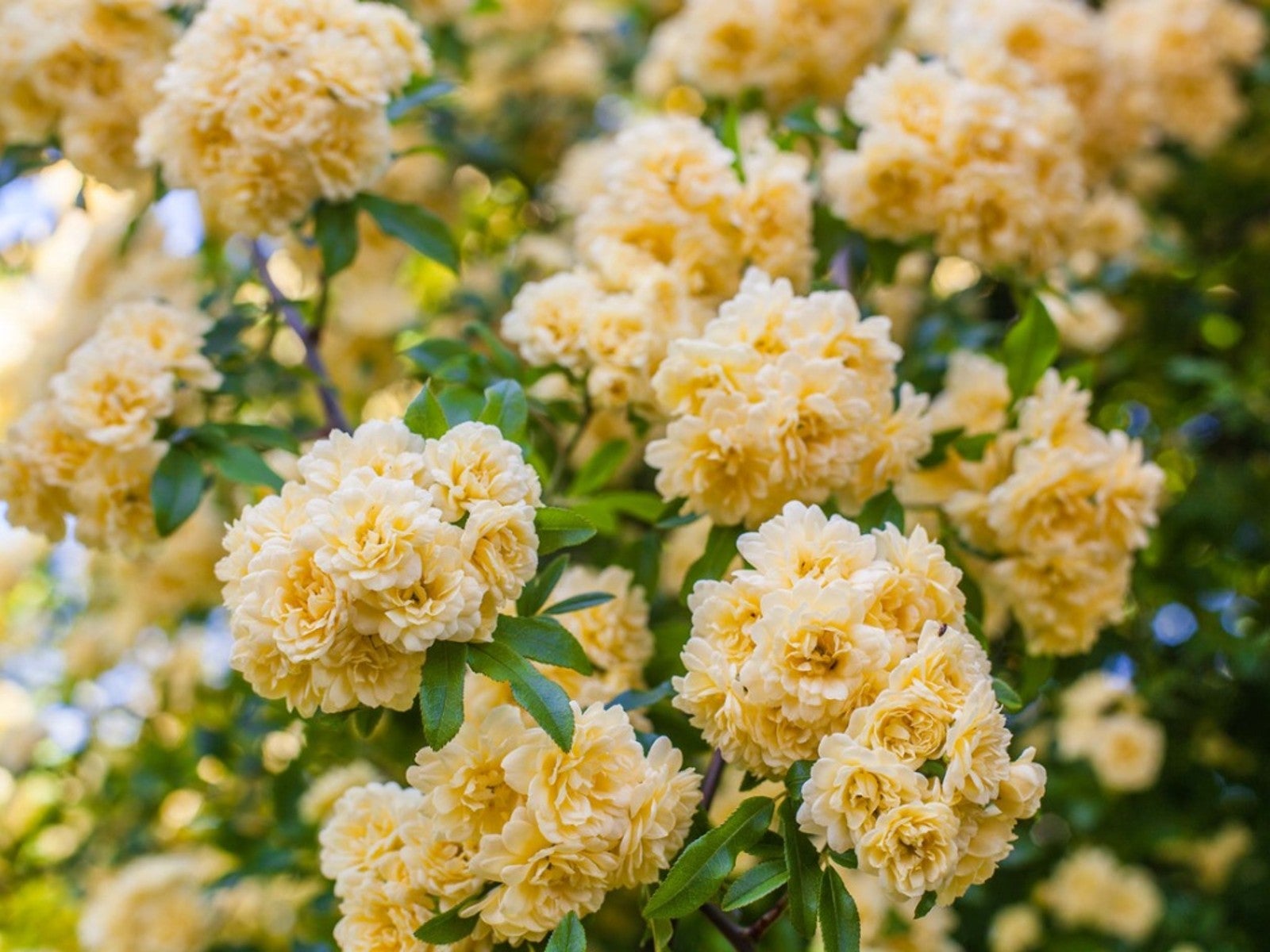 Soft Yellow Plants For A Sunny Pastel Garden
Soft Yellow Plants For A Sunny Pastel GardenClick here for ideas on some pale yellow flower varieties for pastel garden designs.
By Tonya Barnett
-
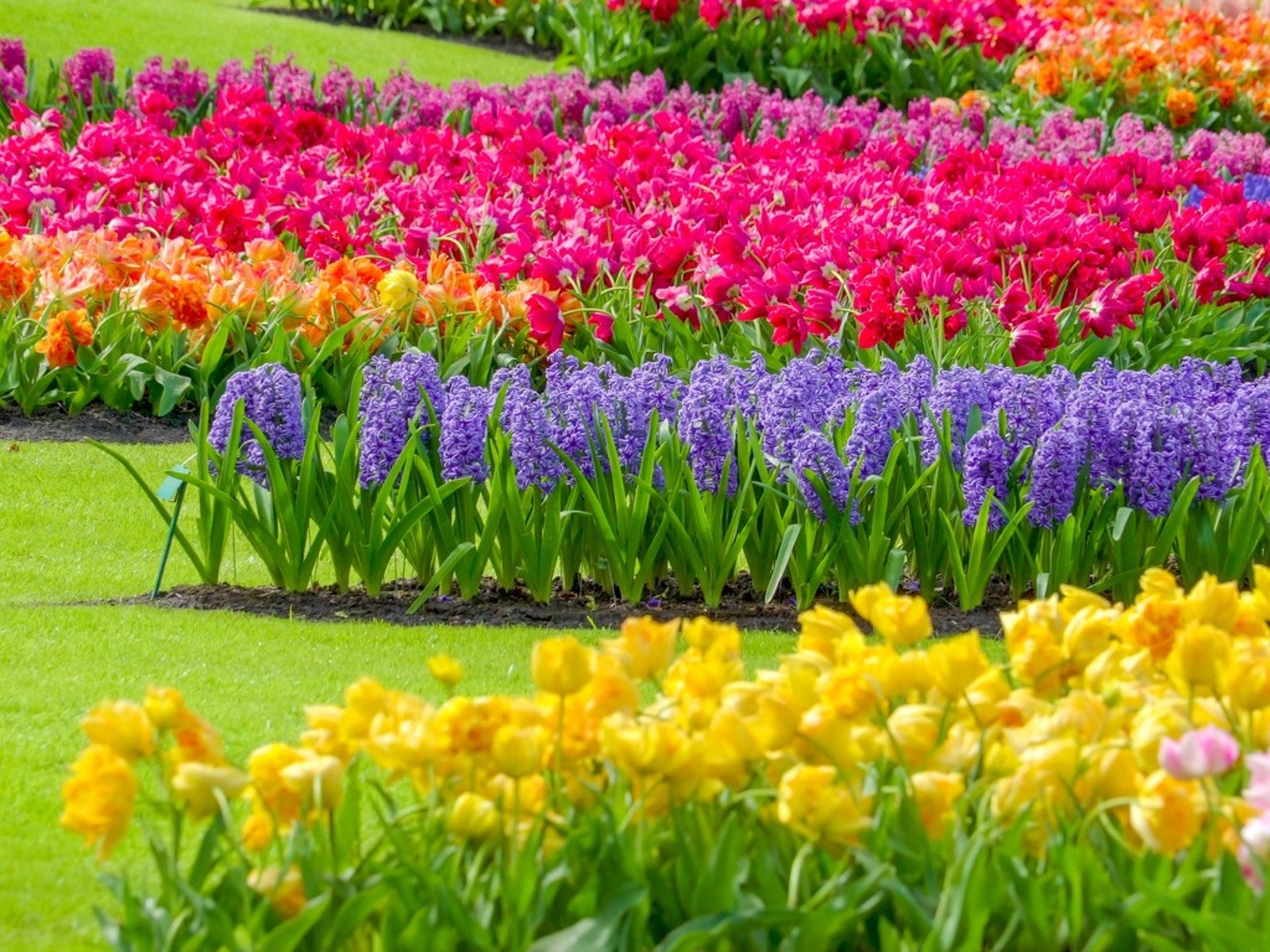 Most Common Flower Color In The World
Most Common Flower Color In The WorldWhat are the most common and least common flower colors in the world? Click here to find out.
By Mary Ellen Ellis
-
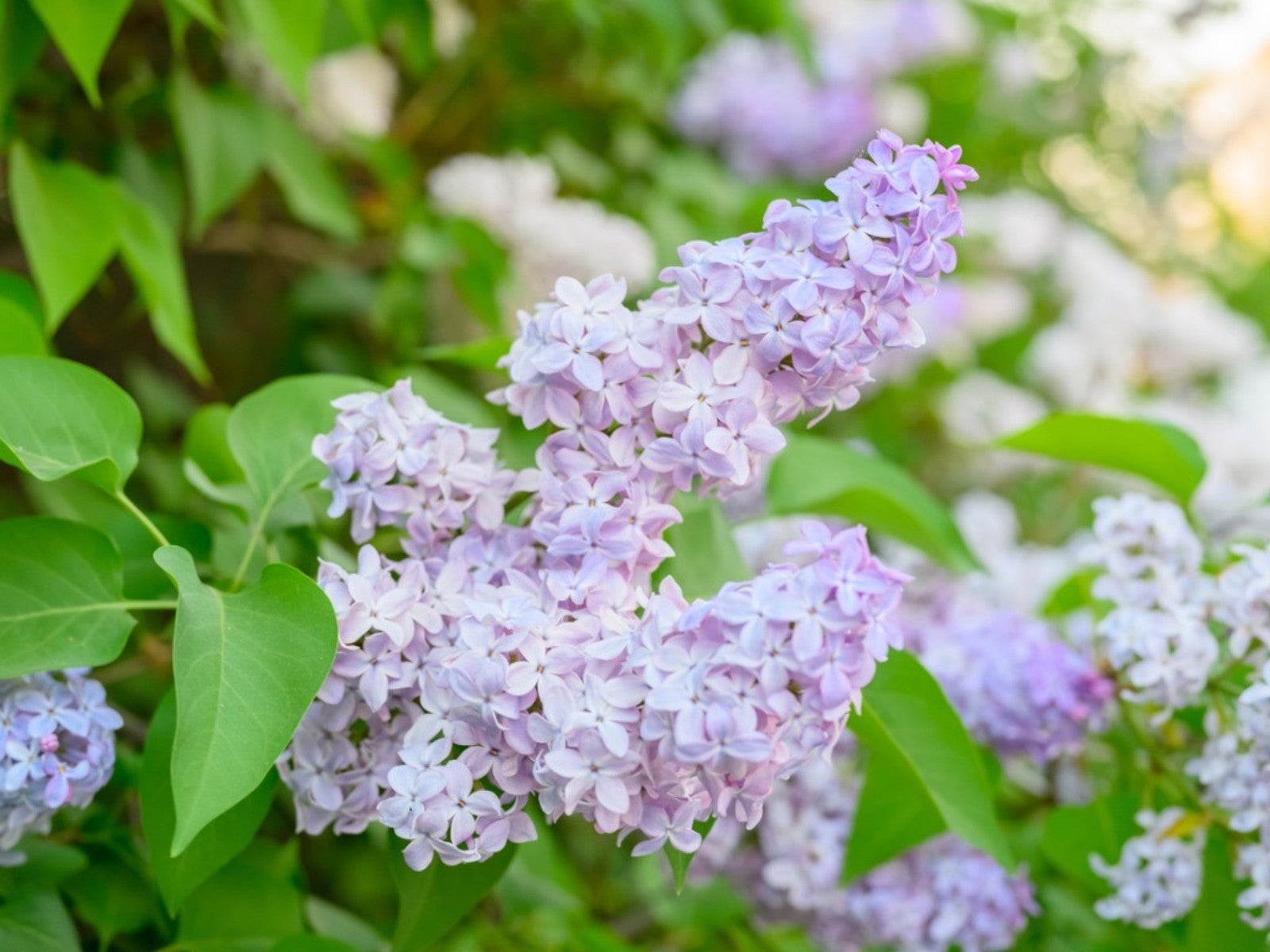 Pastel Plants For A Lovely, Light Purple Flower Garden
Pastel Plants For A Lovely, Light Purple Flower GardenClick here for ideas on some light purple plants for a pretty, pastel garden display.
By Tonya Barnett
-
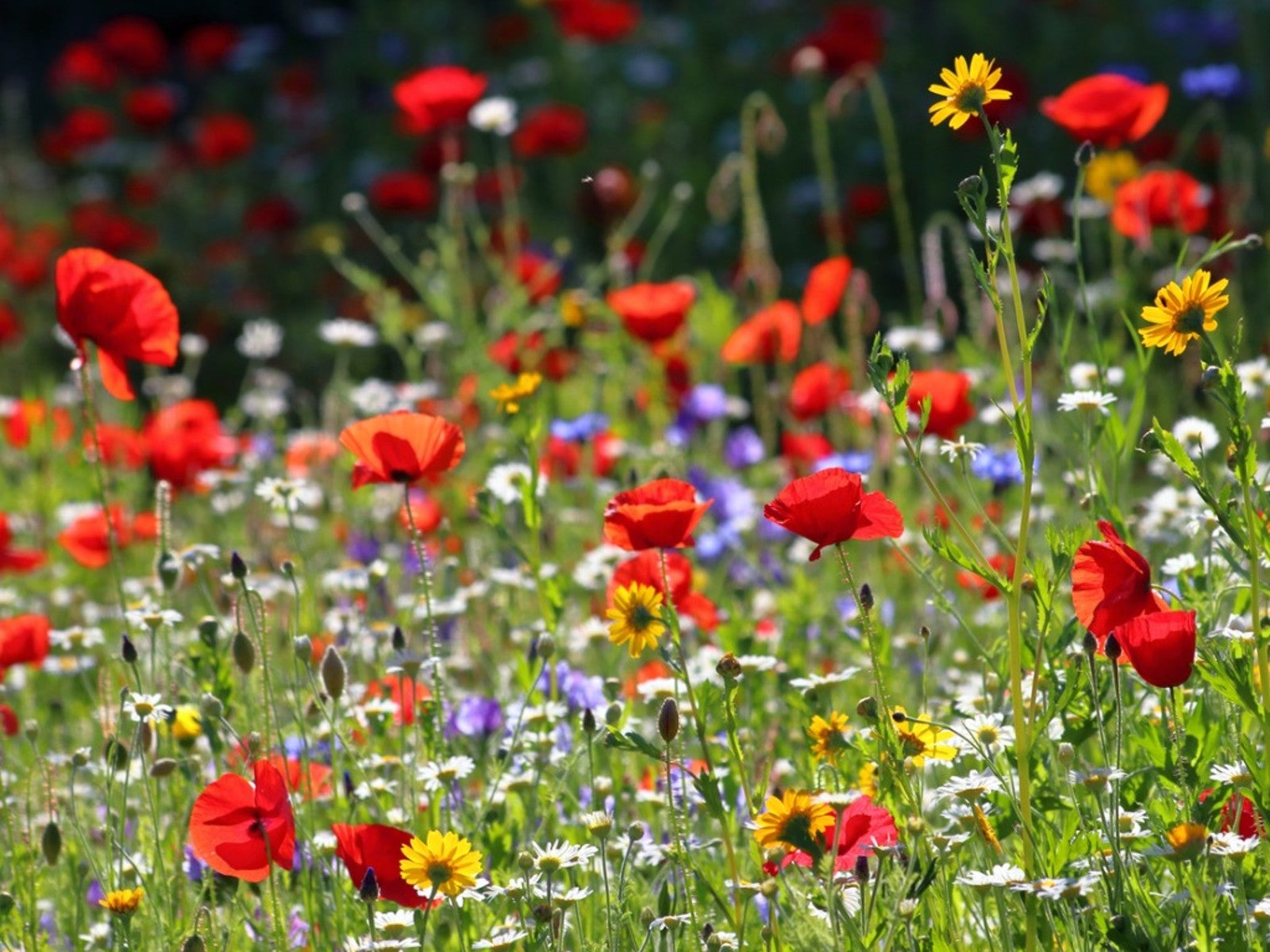 Plant Wildflower Seeds In Fall for A Stunning Spring Display
Plant Wildflower Seeds In Fall for A Stunning Spring DisplayCan you plant wildflower seeds in fall? What makes fall the best time to sow wildflower seeds? Click here for more.
By Tonya Barnett